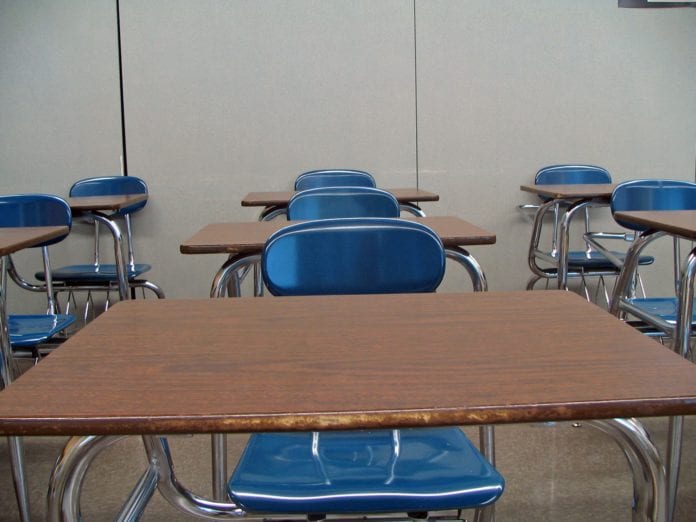by DEBRA J. SAUNDERS
July 12, 2020, 12:00 AM
The Centers for Disease Control and Prevention had not recommended the general closure of public schools in the spring when panicked governors and local officials shuttered schools across the land.
These high-minded officials — read Nevada Gov. Steve Sisolak — weren’t listening to “the science,” as they claimed. At the time, CDC guidelines recommended closing schools only after an infected person had exposed a campus or in areas of high infection rates — and then only for two to five days to clean and disinfect buildings.
But once the school closures began, they became the default response. American children were deprived of months of critical classroom time to teach them to read, to steep them in their history, and help them navigate the physical world — with little pushback.
At long last Tuesday, President Donald Trump and the American Academy of Pediatrics joined together to snap institutional America out of the stupor.
The academy advocated that educators start the fall semester “with a goal of having students physically present in school” — a gesture meant to throw cold water on school officials considering distance education only in the fall.
As coronavirus task force member Deborah Birx said, the mortality rate for people younger than 25 is less than 0.1 percent. These rare, sad cases overwhelmingly involve children with other health issues, which means parents would know to keep their children at home.
While the National Education Association and Democratic National Committee have panned opening public schools, ostensibly because they are not safe, remote learning simply hasn’t worked.

A recent Clark County School District survey showed that parents, students, school staff, and stakeholders overwhelmingly prefer a “full-time return to the regular school day and schedule.” All groups rejected distance education, as well as “blended” schedules of both classroom and remote learning.





